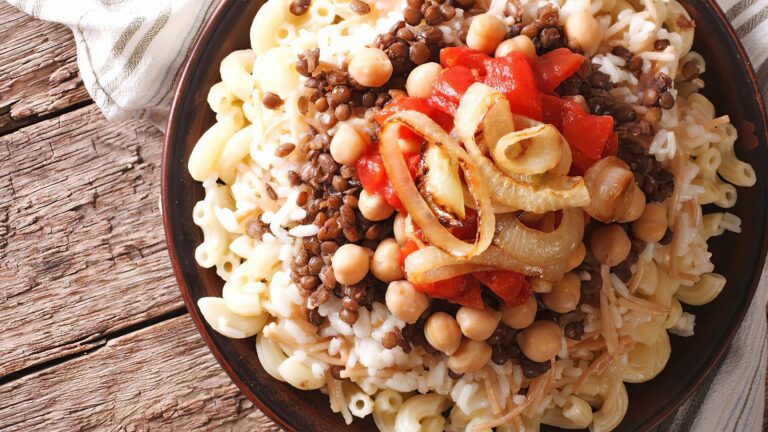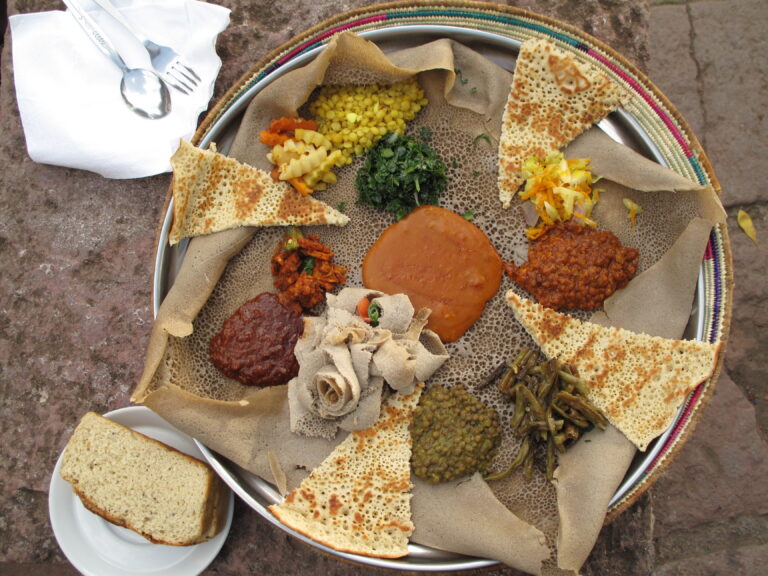Introduction: Exploring the Traditional Dominican Dish
Sancocho is a hearty and flavorful stew that has been enjoyed by Dominicans for generations. This traditional dish is a staple in Dominican cuisine and is often served during special occasions and family gatherings. The dish is known for its rich and savory taste, and it is made using a variety of ingredients such as meats, vegetables, and spices.
Sancocho has a long history that dates back to the indigenous Taíno people of the Dominican Republic. The stew evolved over time, incorporating ingredients from the Spanish and African cultures that have influenced Dominican cuisine. Today, there are many variations of sancocho, each with its own unique blend of ingredients and flavors.
Ingredients: What You Need to Make Sancocho
To make sancocho, you will need a variety of meats, vegetables, and spices. The most common meats used in sancocho are beef, pork, and chicken. You will also need a variety of root vegetables such as yucca, malanga, plantains, and potatoes. Other vegetables that are commonly used include onions, bell peppers, tomatoes, and garlic.
In terms of spices, sancocho typically includes oregano, cilantro, salt, and pepper. Some variations of the dish may also include other spices such as cumin, annatto, and bay leaves. It is important to have all of the ingredients prepped and ready to go before starting the cooking process.
Step 1: Preparing the Meat
To start making sancocho, you will need to prepare the meat. Cut the meat into bite-sized pieces and season with salt and pepper. Heat some oil in a large pot and brown the meat on all sides. Once the meat is browned, remove it from the pot and set it aside.
Step 2: Boiling the Ingredients
Next, you will need to boil the ingredients. Add water to the pot, along with the yucca, malanga, plantains, and potatoes. Bring the water to a boil and then reduce the heat to a simmer.
Step 3: Adding the Vegetables
Once the root vegetables have started to soften, add the onions, bell peppers, tomatoes, and garlic to the pot. Return the meat to the pot as well.
Step 4: Letting it Simmer
Allow the sancocho to simmer for about 30 minutes until all of the ingredients are tender and the flavors have melded together.
Step 5: Serving and Enjoying
Once the sancocho is done cooking, it is ready to be served. It is often served with white rice and a side of avocado.
Conclusion: A Flavorful and Satisfying Dish
Sancocho is a flavorful and satisfying dish that has been enjoyed by Dominican families for generations. The process of making sancocho involves a variety of meats, vegetables, and spices, all cooked together to create a rich and savory stew. Whether you are looking to try a new dish or want to experience traditional Dominican cuisine, sancocho is a must-try dish that will surely impress your taste buds.






